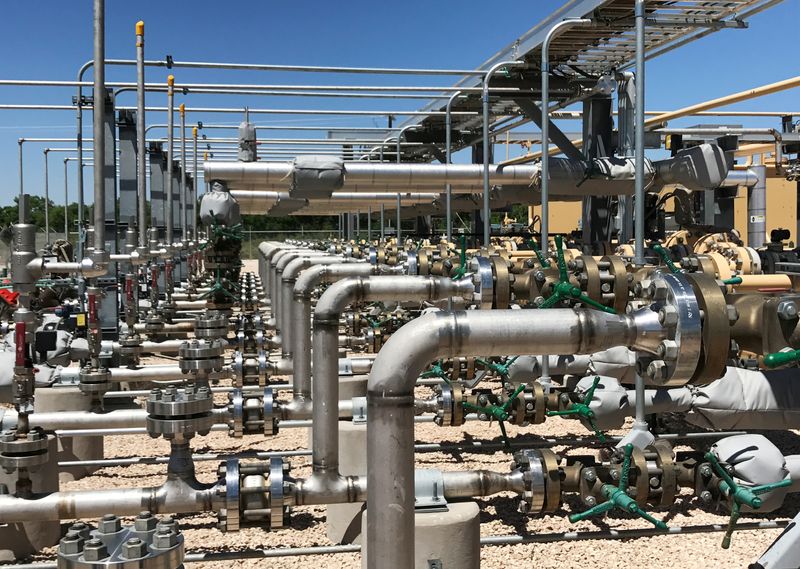By Sabrina Valle
HOUSTON (Reuters) -Occidental Petroleum Corp plans to use the bonanza from high oil and gas prices to accelerate debt payments and cash distribution to shareholders but will not raise oil production, Chief Executive Vicki Hollub said on Wednesday.
White House officials have been urging oil producers to invest in more oil production to bring fuel prices down to consumers. The top oil producers in the U.S. and Europe posted record earnings in the second quarter, but kept a check on investments.
Occidental (NYSE:OXY) on Tuesday posted higher than expected earnings in the second quarter, but cut its 2022 output outlook for the main unconventional basin in the United States, knocking its shares down more than 6% to close at $60.99.
The company also said it resumed a buyback program after reaching its short-term debt reduction goals in the second quarter. With a cleaner balance sheet, the U.S. oil producer said it can now slightly raise dividends and sustain stock repurchases "over the next few years".
Occidental also said it wants to accelerate a three-year target to bring debt down to $15 billion, from more than $21 billion now. Investment targets were unchanged.
"We don't feel the need to grow production until we get beyond that point," Hollub told analysts on a webcast to discuss second quarter earnings. "Because we feel like one of the best values right now is investment in our own stock."
United Nations Secretary-General Antonio Guterres on Wednesday slammed the "grotesque greed" of oil companies, urging governments globally to "tax these excessive profits" to support the most vulnerable people.
The Permian basin this year should deliver around 521,000 barrels of oil equivalent per day (boed) for the company, from around 532,000 boed projected in May, it said.

The reduction follows third party processing issues and a partial Permian production transfer to Colombian oil producer Ecopetrol, with whom Occidental signed a joint venture.
Total 2022 production outlook was kept stable at around 1.55 million boed, with higher production in the Rockies and the Gulf of Mexico basins offsetting losses in the Permian.